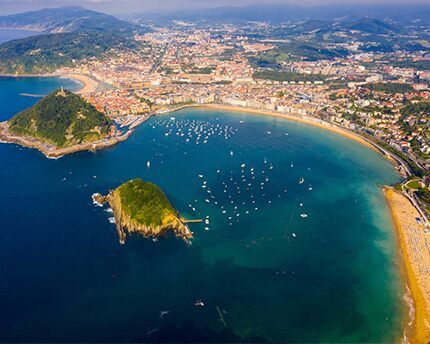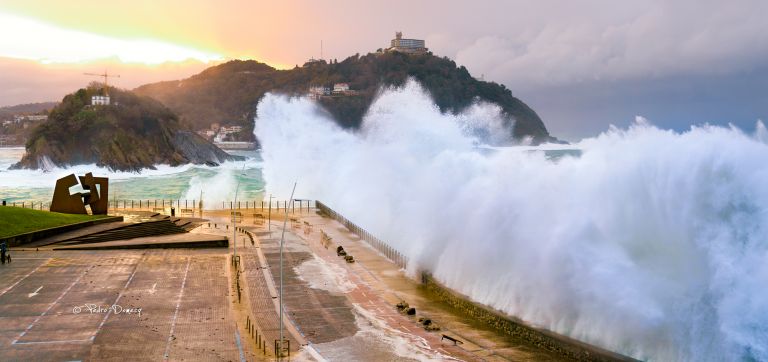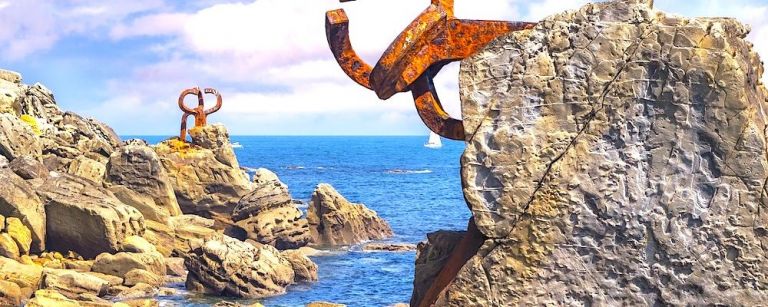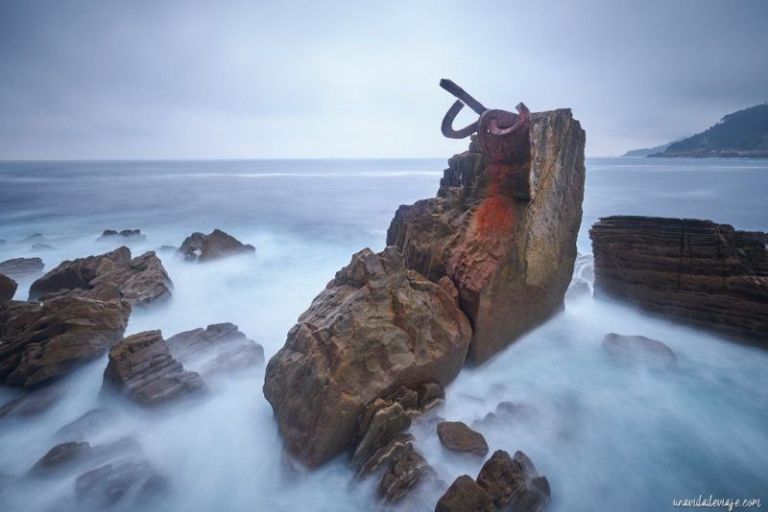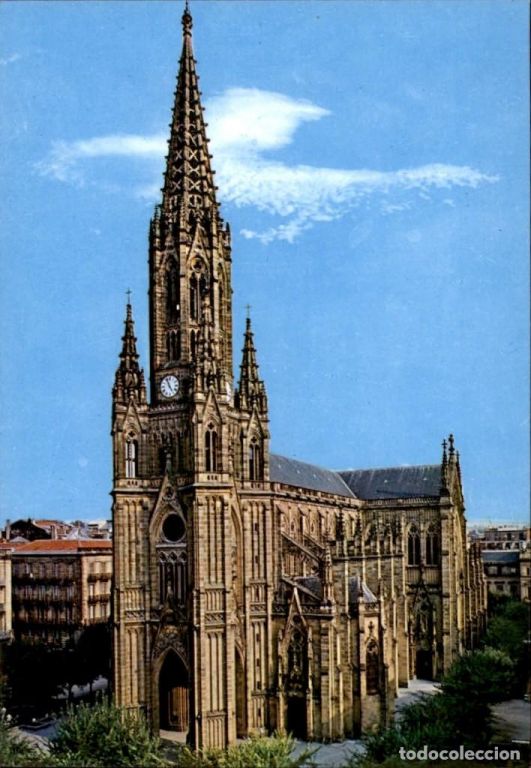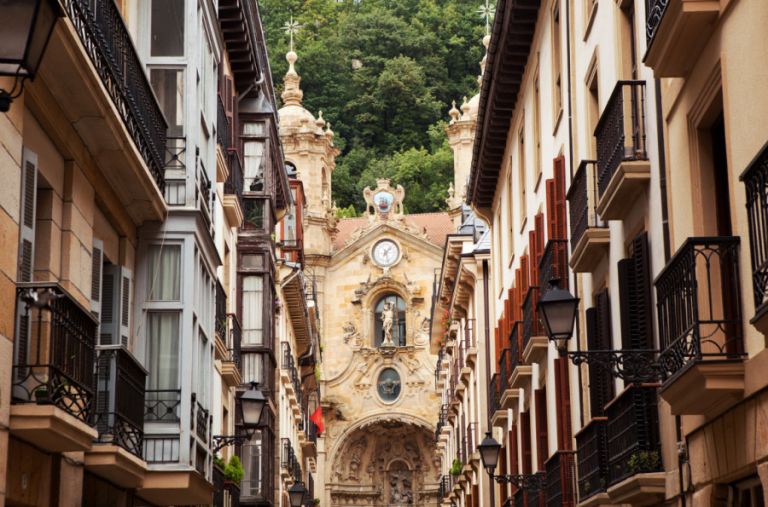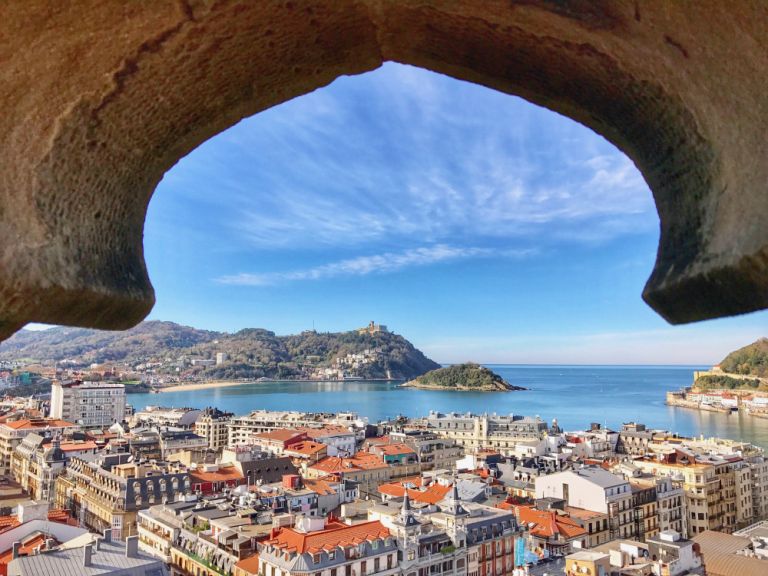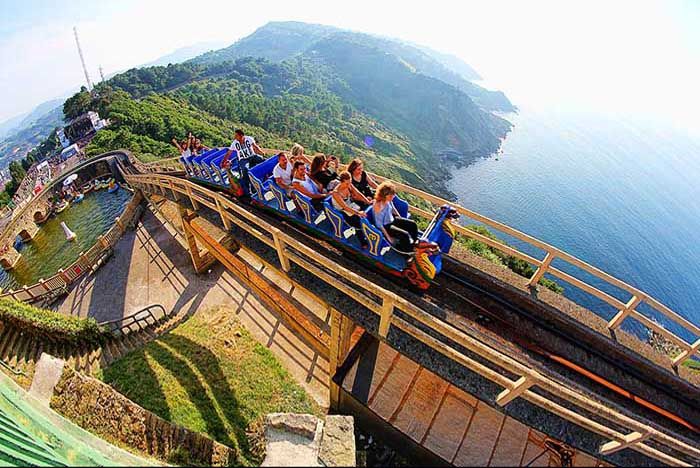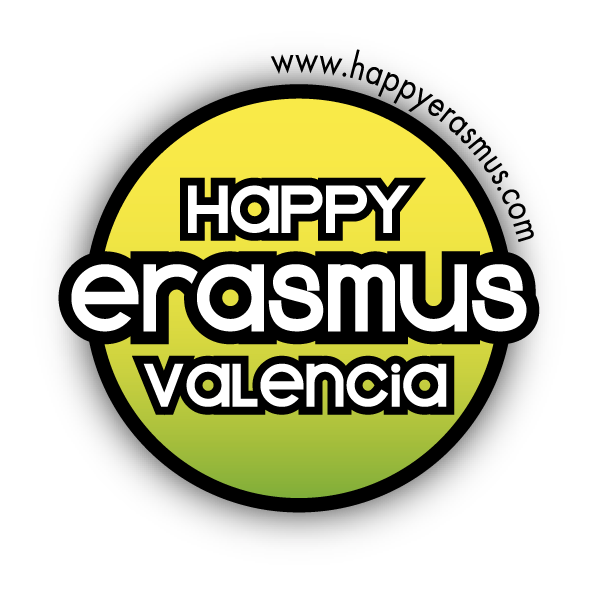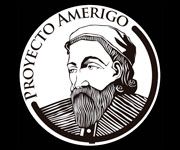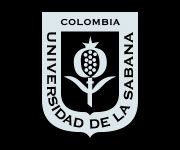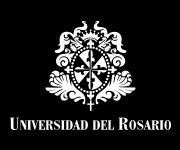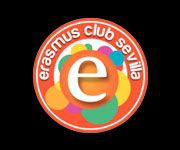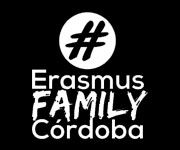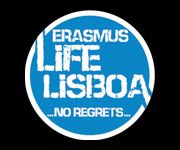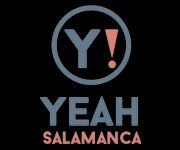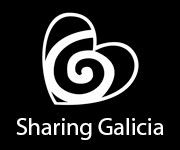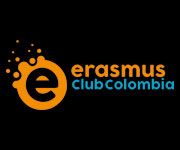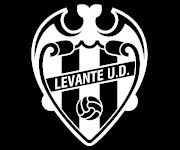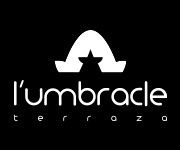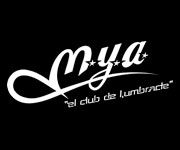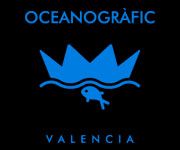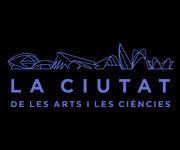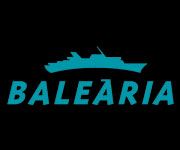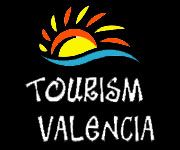Avila, Salamanca in University New Year's eve, Bilbao, San Sebastian and more dream places await us! We will discover together the cities with a lot of history and tradition, we will enjoy the unforgettable landscape, we will try the spectacular cuisine of the regions of Castilla y Leon and the Basque Country. You can't lose it!
WELCOME TO THE NORTH: SALAMANCA, ÁVILA, BILBAO, SAN SEBASTIAN
An unforgettable trip is waiting for us where we will visit many cities, go to parties, enjoy the countryside, and learn about the history. Salamanca is one of the most famous university cities in the world and we will visit it in University New Year's eve!!!. Avila is a walled city, which is one of the few cities that preserves its complete medieval stone wall in Romanesque style, the wall is completely surrounding the historic center of the city. The Basque Country is one of the most charming regions of the country, with its own history, language, gastronomy and incredible nature.
Travel plan:
Day 1:
- early morning departure
- arrival in Avila for breakfast time
- time for visiting Avila
- we continue the trip to Salamanca where we will arrive for lunch time
- time for visiting Salamanca
- party: The University New Year's Eve!!!
- one-night accommodation in Salamanca
Day 2:
- early morning departure to Bilbao
- arrival in Bilbao at lunch time
- time for visiting Bilbao
- party
- accommodation in Bilbao
Day 3:
- excursion in the surroundings (optional): Butron Castle, San Juan de Gaztelugatxe, Bermeo
- If you prefer, you can stay in Bilbao
- party
- accommodation in Bilbao
Day 4:
- early morning departure to San Sebastian
- we have the day to explore the city
- after lunch we will start returning back to Valencia
Day 5:
- Arrival in Valencia at midnight
End of the trip
DAY 1: ÁVILA AND SALAMANCA
Our first stop will be in AVILA – the walled city, which is one of the few cities that preserves its complete medieval stone wall in Romanesque style, the wall is completely surrounding the historic center of the city.
This medieval old town is considered a World Heritage Site since 1985 for its magnificent state of preservation. Strolling through the streets there is a trip back in time to experience how life would be in ancient times.
After our walk through the city of Ávila, we have time for breakfast. Afterwards, we will continue our trip to Salamanca.
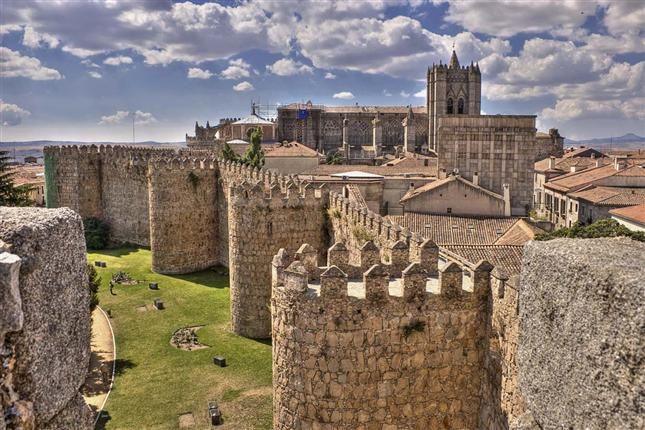
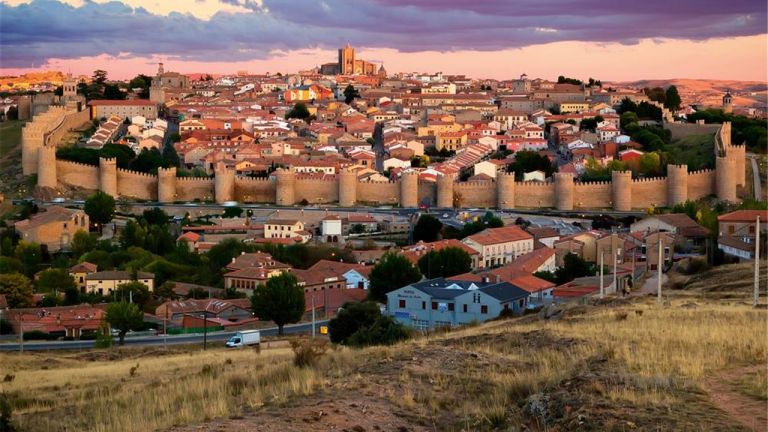
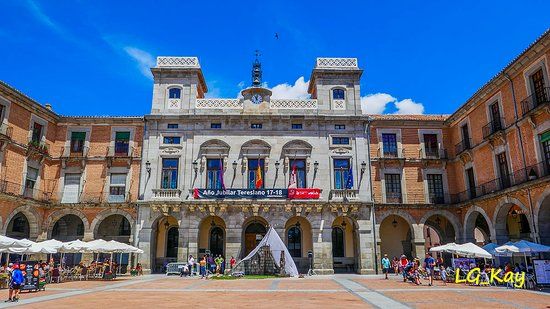
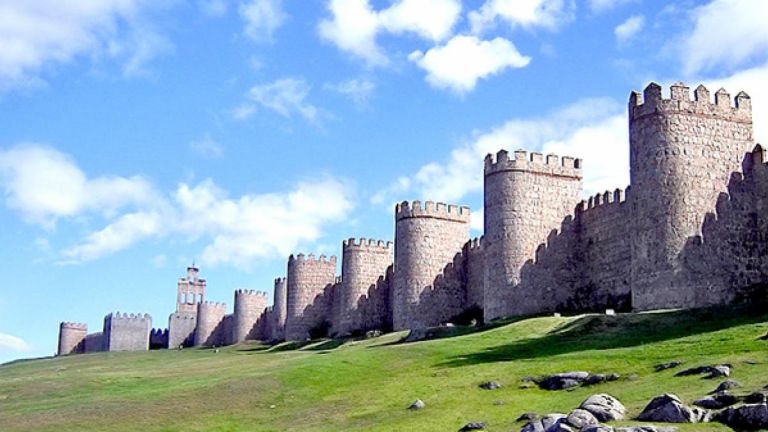
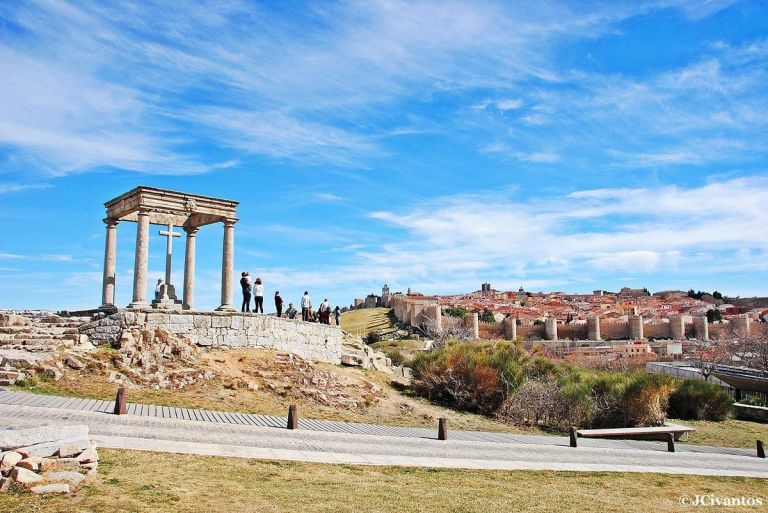
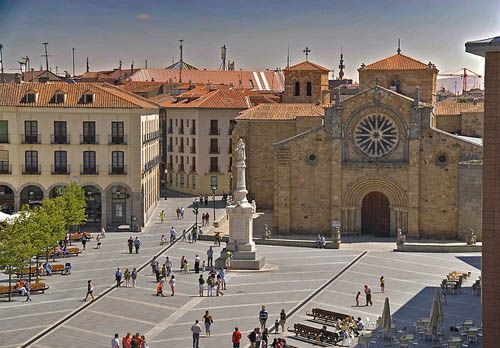
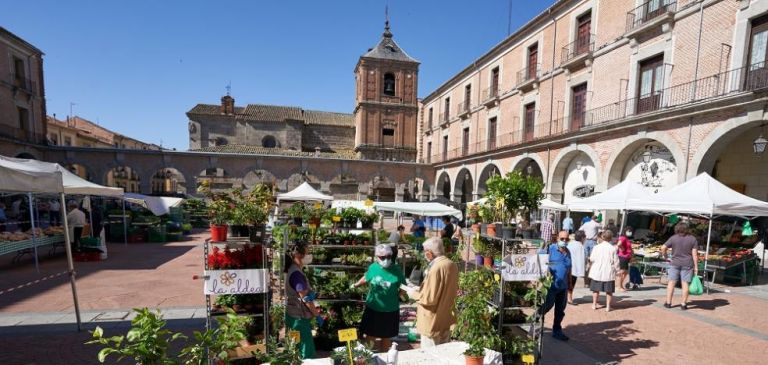







Once we arrived in Salamanca, we will have time to walk around and discover the city. After dinner, we go to a party with Erasmus in Salamanca.
The history of Salamanca has always been linked to students. In fact, its university is the oldest in Spain, it also receives the most Erasmus students in the world.
By the way, if you want to pass your exams, the secret is in Salamanca! On the facade of the university, among the many ornaments and figures, there is a skull with a frog on top. The legend says that whoever is able to find the frog passes the exams! There are always many students looking carefully at the facade, trying to find it. It is a tradition that you have to take advantage of to make sure you pass your exams. The frog has become the symbol of the city.
The old town is beautiful. There are narrow cobblestone streets, stately and elegant, from the Spanish Renaissance and Baroque period. The style of the sixteenth and seventeenth centuries (the Spanish Golden Age) is very well preserved.
Another symbol of the city is the Plaza Mayor. An immense baroque and arcaded square that shines golden light by day and provides magic and beauty at night.
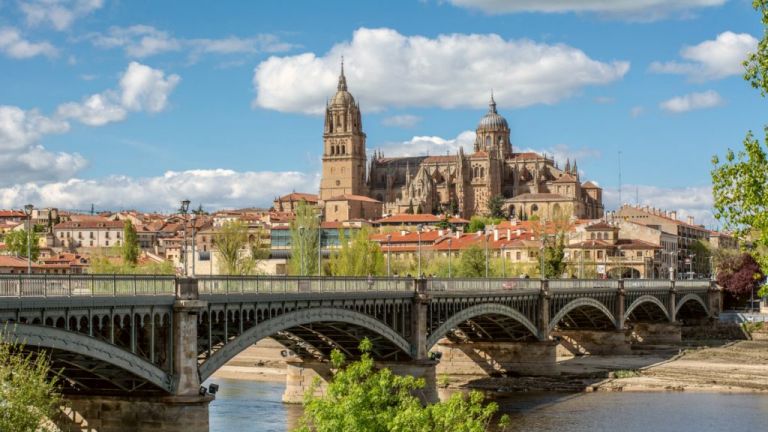
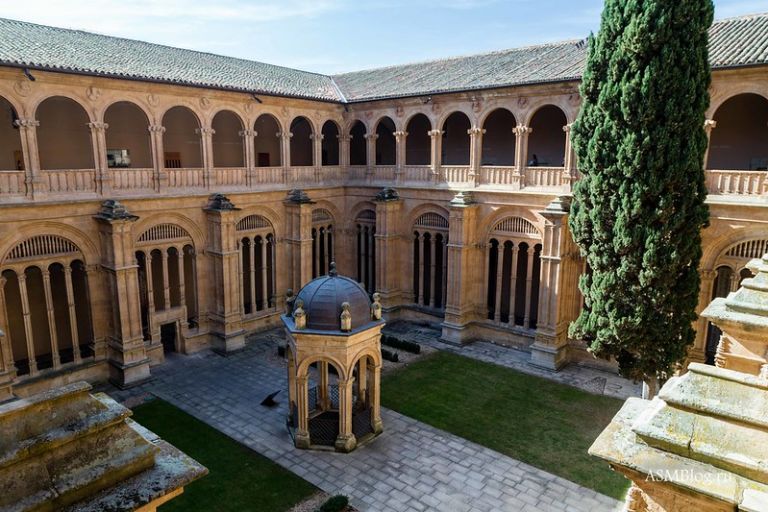
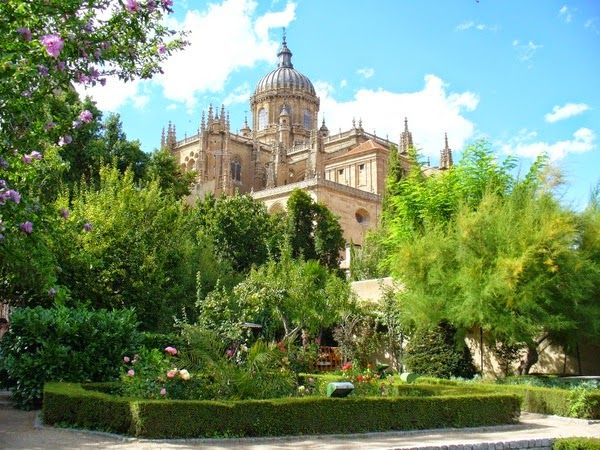
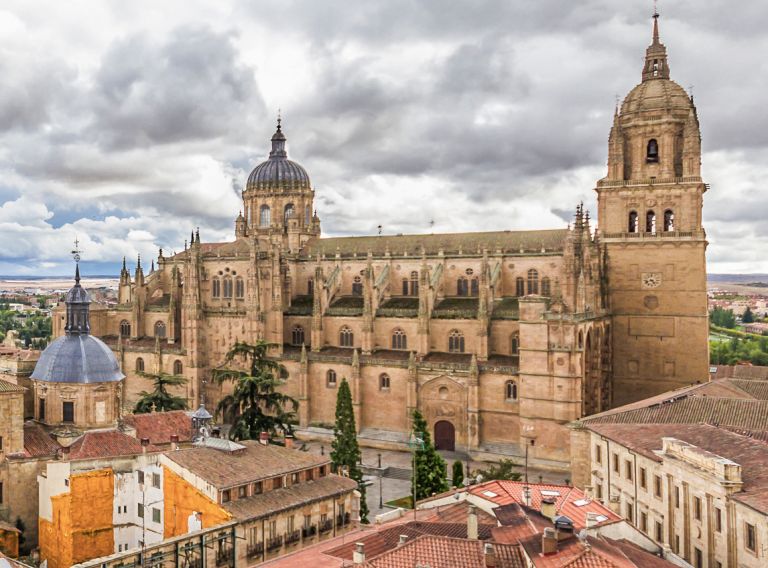
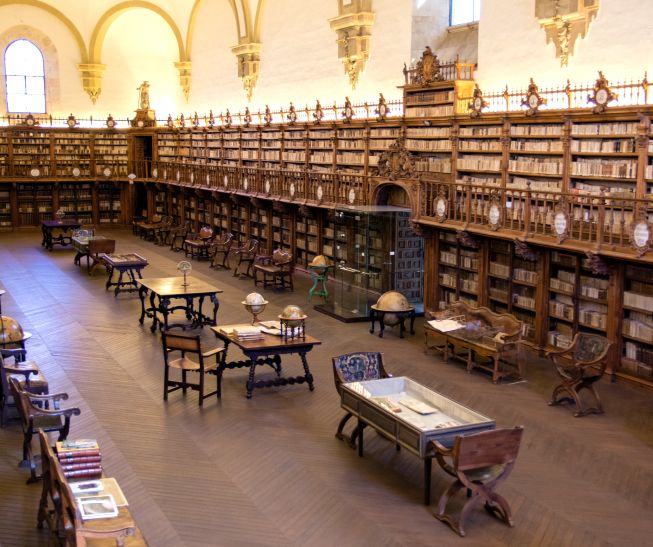
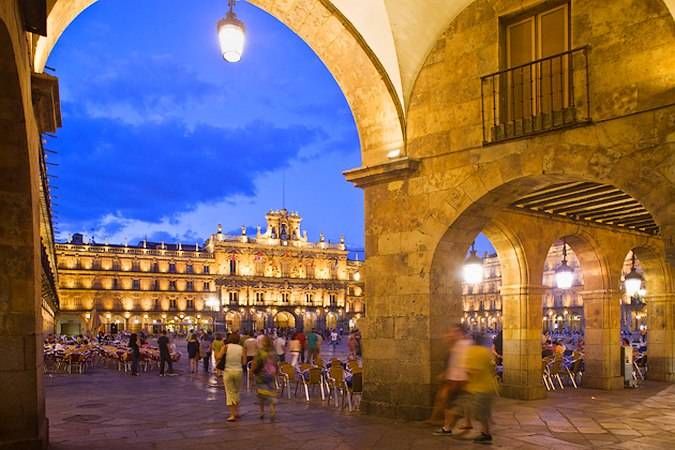
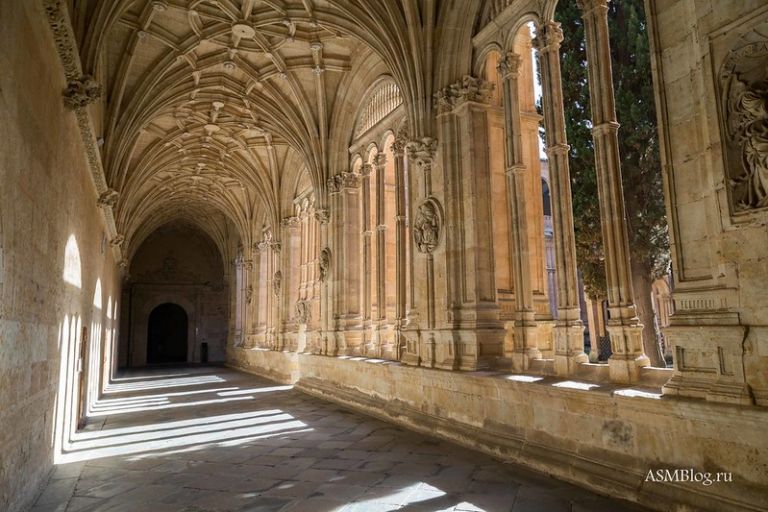
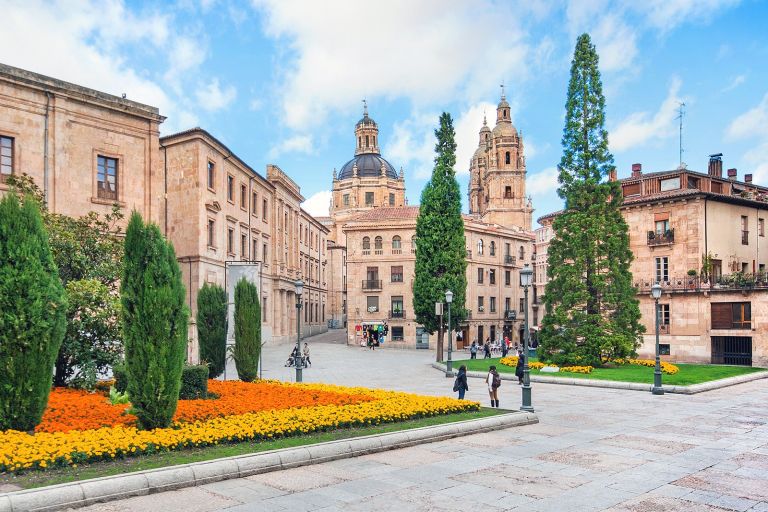
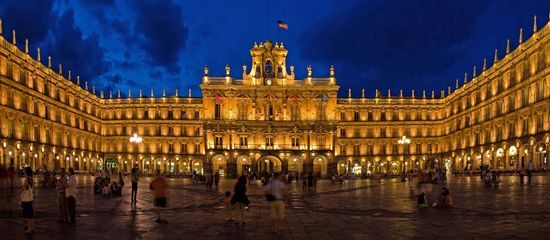
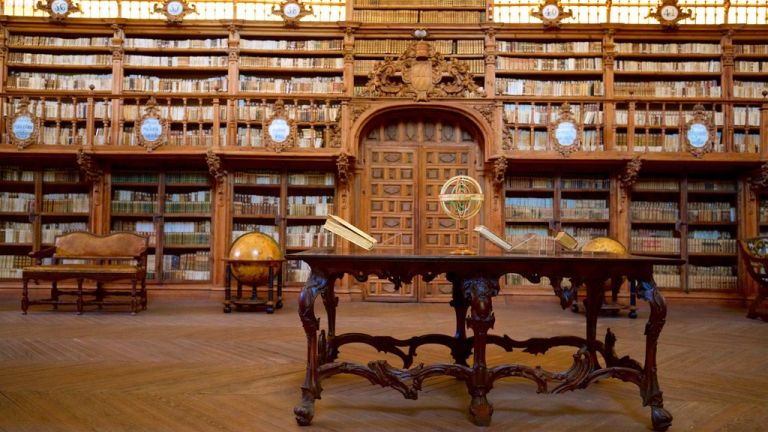










THE UNIVERSITY NEW YEAR'S EVE
New Year's Eve has been celebrated in Salamanca for over 90 years. In the main square (Plaza Mayor) thousands of students meet to celebrate the biggest and most anticipated New Year's Eve event. The reason that this event began is very simple: the University of Salamanca is home to thousands of students from Spain and from around the world (it's the univeristy that receives the most Erasmus students) and most of the students would leave to celebrate Christmas with their families meaning they would not be together for New Year so they decided to celebrate saying goodbye to their friends and seeing in the new year before they all went back home. From here the exact day of celebrations came about and it never changes, and is celebrated each year with more and more students, not only from the University of Salamanca but the whole of Spain. It is always celebrated on a Thursday - the best university party night - in the second week of December, two weeks before the real new year's eve.
Each year there are more and more students that come and it's quickly becoming an international event.
In fact, last year there were 35,000 students, crazy! Imagine the party atmosphere!
To have luck in the new year in Spain it is tradition to eat two grapes in the last twelve seconds of the year. But there is a different tradition in Salamanca, here you eat 12 fruit pastilles, one for each of the last seconds before midnight.
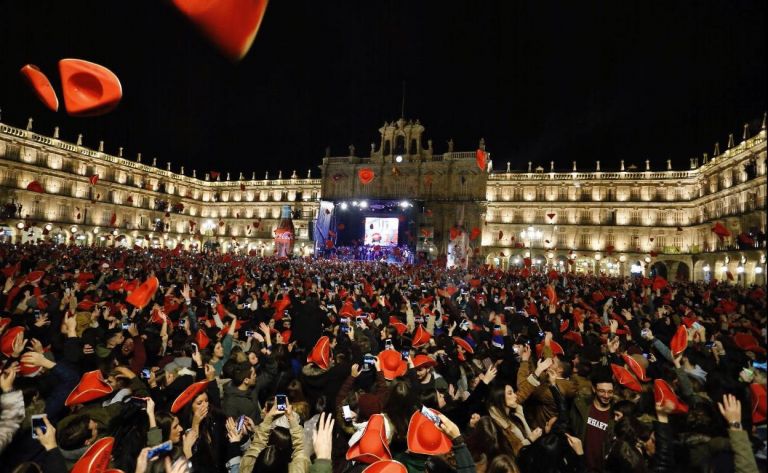
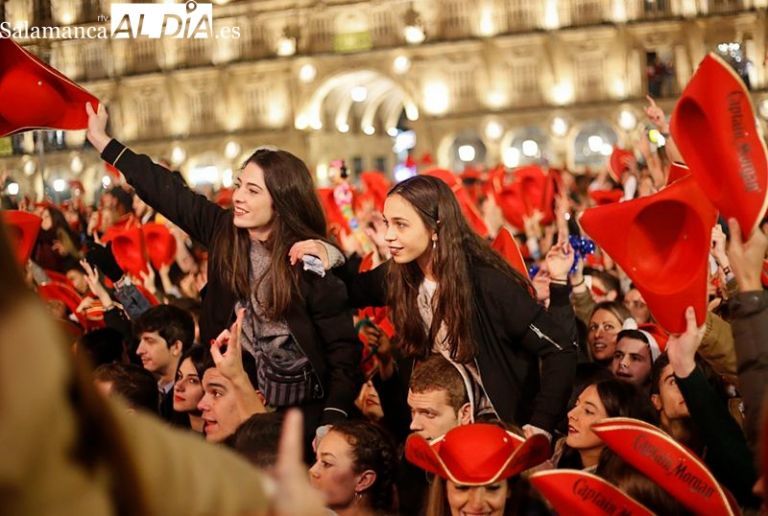
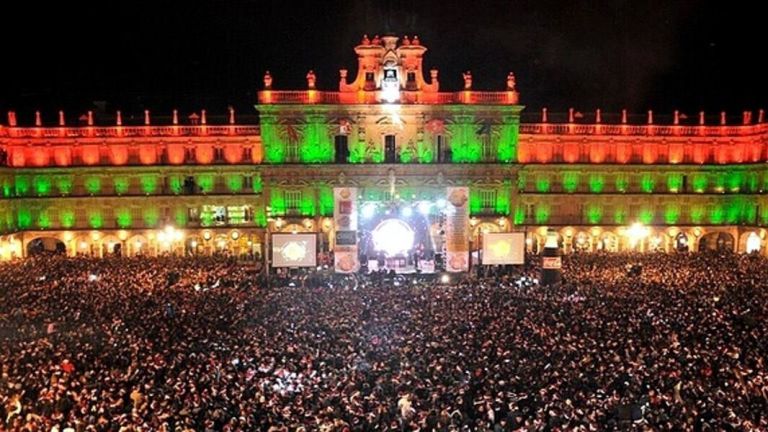
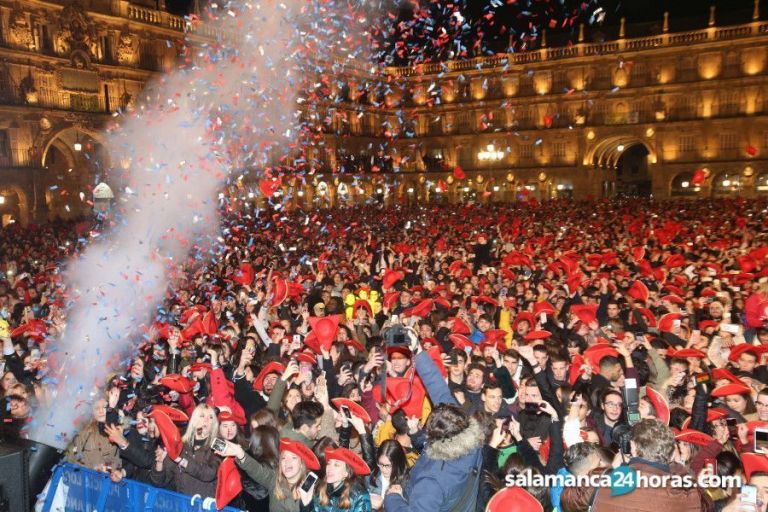
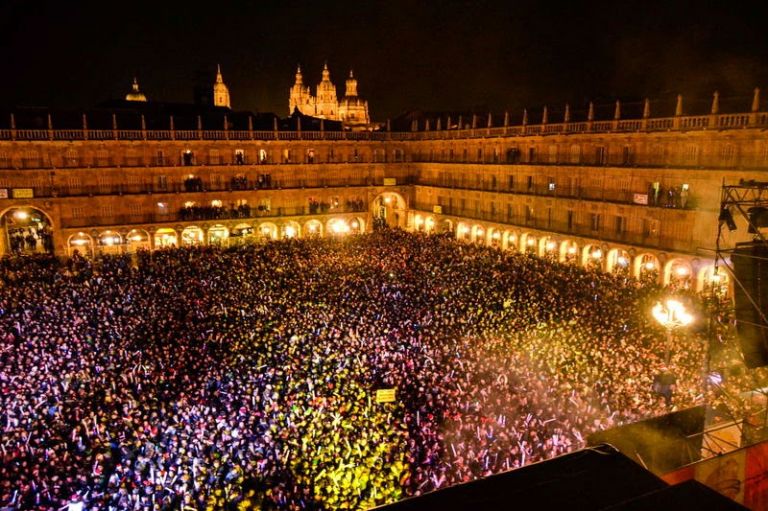
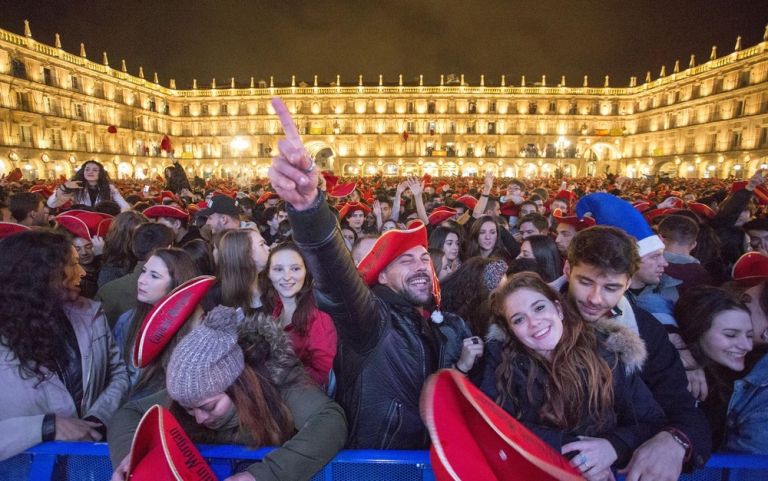
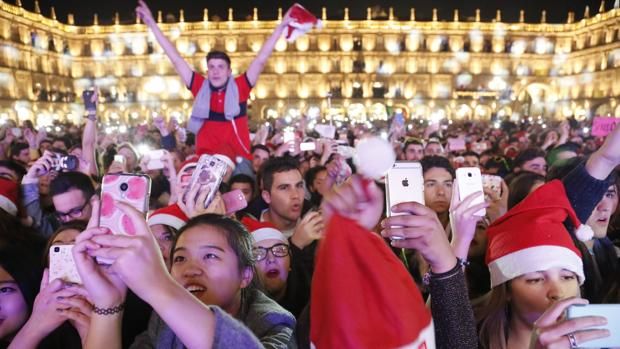
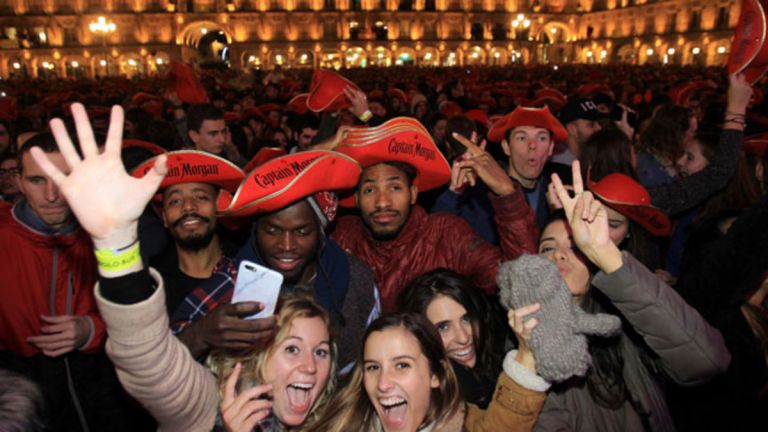








DAY 2: BURGOS AND BILBAO
In the morning we will start our trip to Bilbao and we will arrive at lunch time. In this spectacular city, we stay for two nights, we will settle in a hostel that is very centrally located. During the day we have a lot of time to see the beautiful city. At night we will party with Happy Erasmus Bilbao!
Bilbao
Bilbao was elected as the best European city of the year 2018.
Bilbao is the administrative center of the province of Vizcaya and at the same time the largest city in the Basque Country. The city is located on the banks of the river Nervion with its characteristic tides. It used to be a fishing village. The date of the foundation of the city is July 15, 1300. In 1511 Queen Juana of Castile ordered the creation of the Consulate of Bilbao, which determined the fate of the city as the most important port on the northern routes of Spain in the following centuries.
The city is very green, there are many beautiful parks and gardens. A walk along the banks of the river Nervion offers great pleasure. In the city, there are plenty of ancient and modern attractions. The Old Town is located on the right bank of the river Nervion. In the central part of the old town is the Basilica of Santiago, built in the 15th century. The seven oldest streets of the city are located here. In this area is the park of Doña Casilda Iturrisa. The most important landmark is the Guggenheim Museum. The architecture of the building, in which the museum is located, is very particular and was designed by one of the most famous contemporary architects. It resembles a huge bird, looking up to the sky.
A glass bridge is creating great interest among visitors, it crosses over the Nervion River to the Guggenheim Museum. Places of interest in the city include the ancient church of San Nicolas de Bari, the Cathedral of Santiago, built in the XIV century, the Basilica Cathedral of Santiago, and the Church of San Antonio. There are a lot of beautiful old mansions in the Negura area, the old town. And of course, it is interesting to visit one of the largest markets in Europe: the modernist market of La Ribera. The people here are very kind and cheerful. Every year Bilbao has more than three million tourists. Visitors can not only admire its history but also its modern appearance, interesting architectural buildings, beautiful museums and the food of the famous local cuisine.
Did you know? Bilbao's soccer team has always played and still plays in the first division, it has never been relegated to the second division. And there are only Basque players playing at the club.
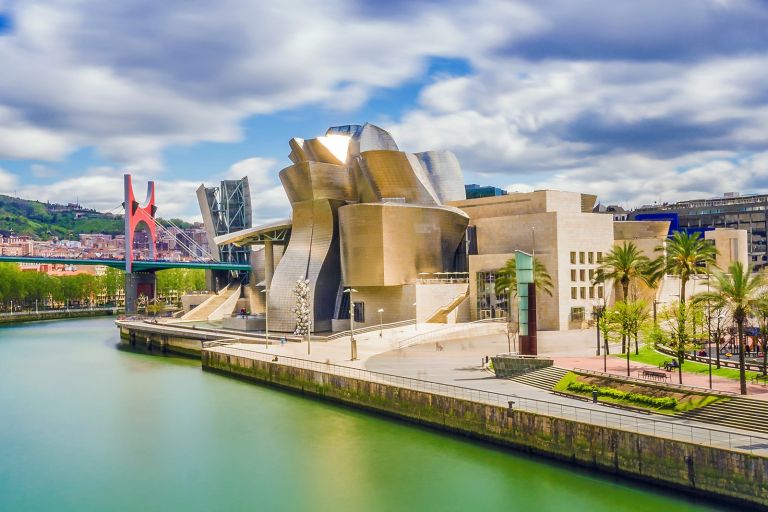
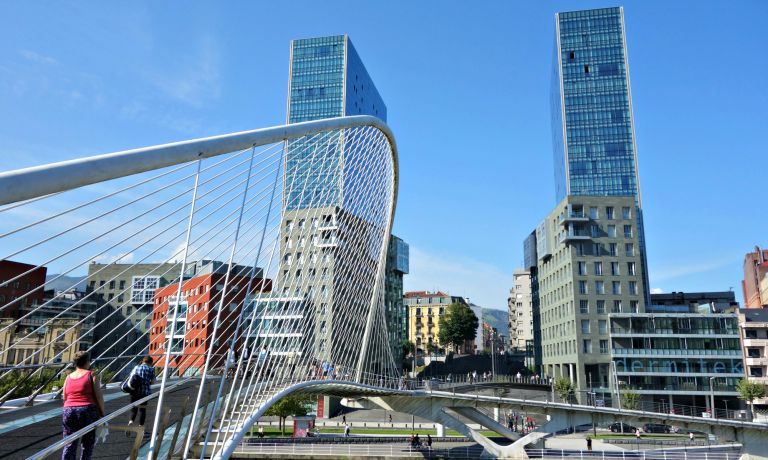
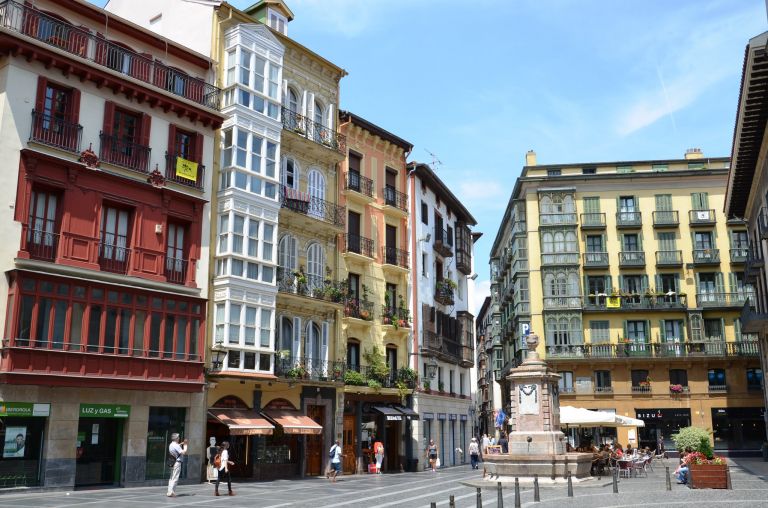
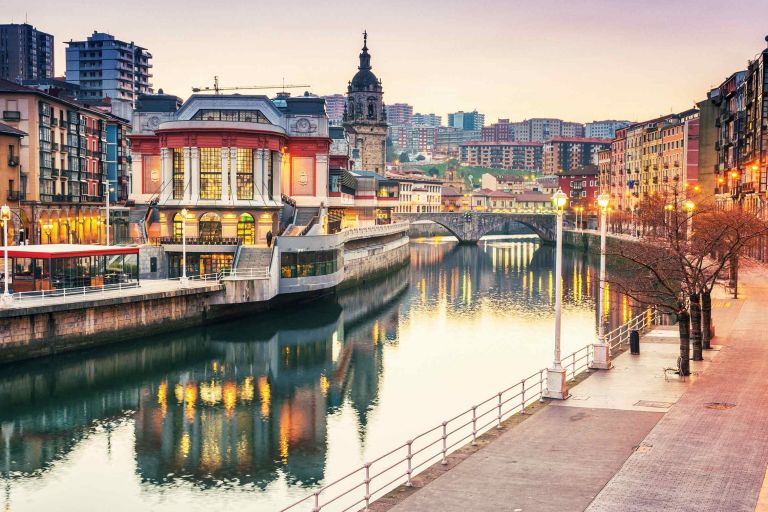
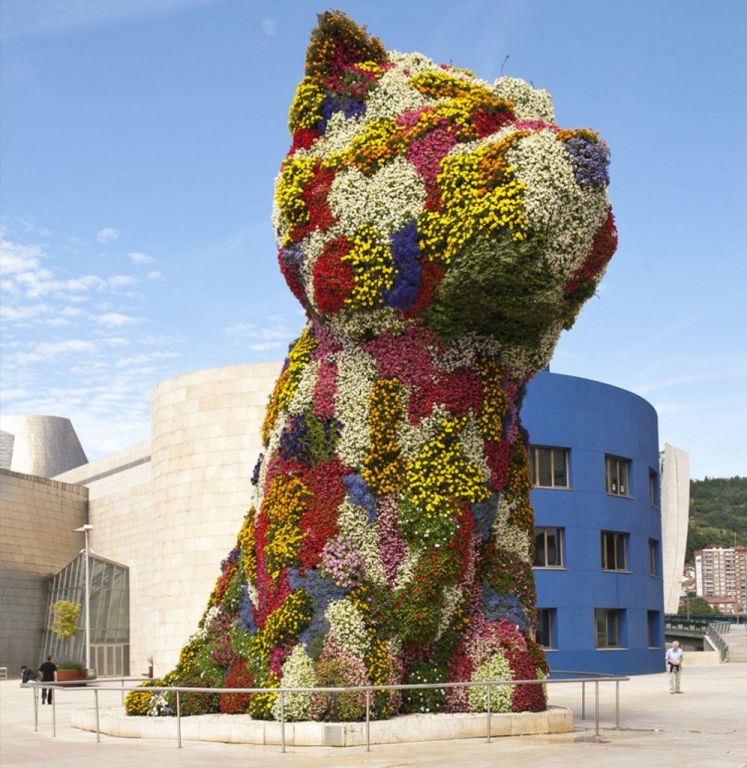
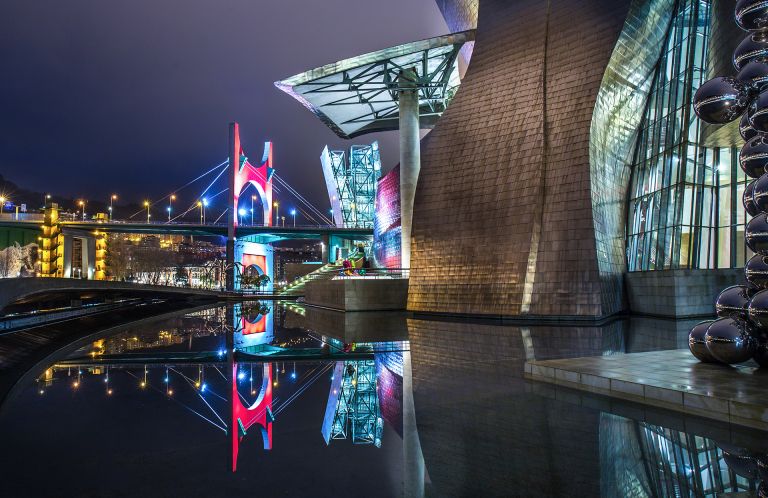
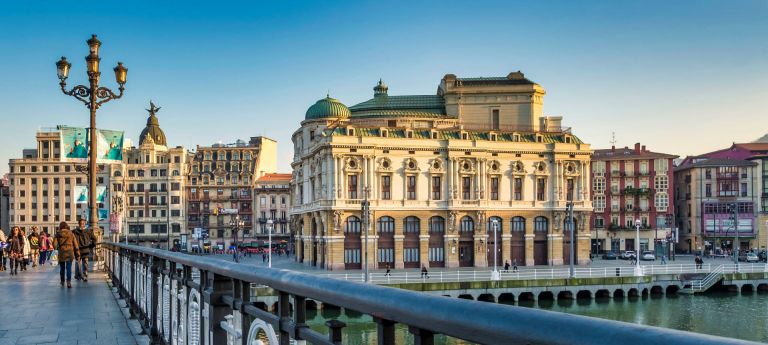
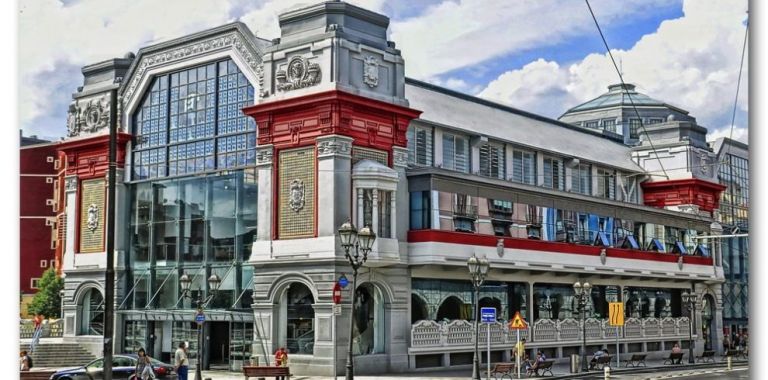
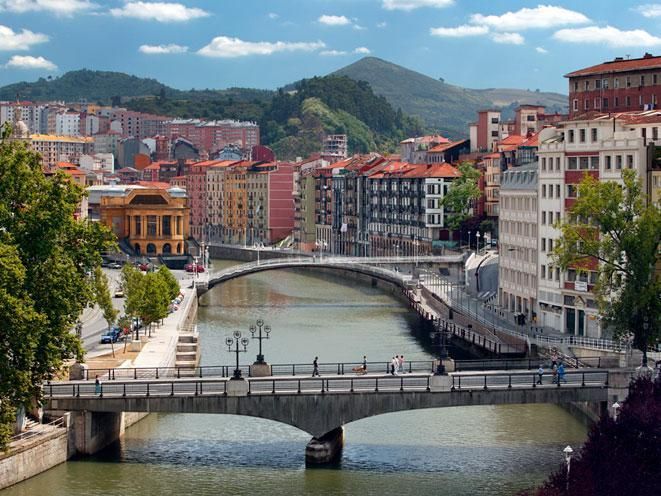
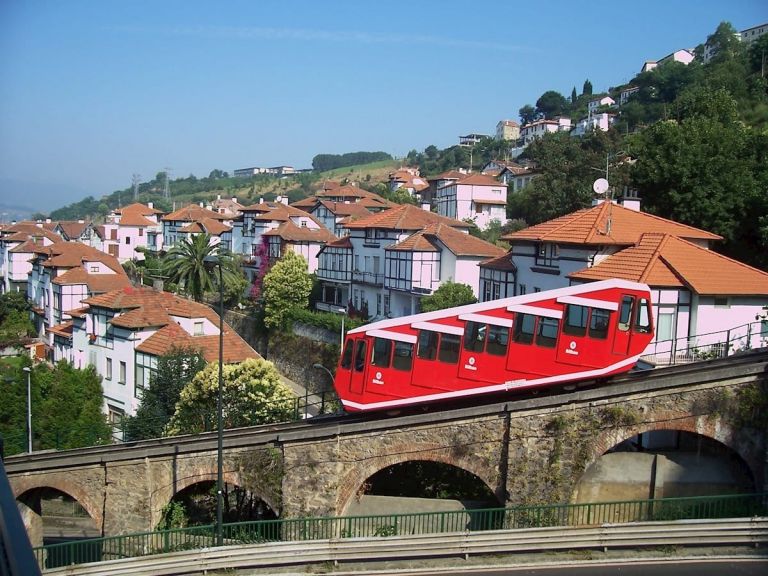










DAY 3: EXCURSION TO VIZCAYA: BUTRON CASTLE, SAN JUAN DE GAZTELUGATXE, BERMEO
There are two options: you can stay in Bilbao or choose an excursion along the coast of Vizcaya and around the city (optional). If you choose the excursion option we will leave Bilbao around 10:00 and return to Bilbao around 19:00. This night we will also go out partying!
The Butron Castle:
Located in the Biscayan town of Gatika, the Butron Castle is one of the symbols of the Biscayan nobility. Although it goes way back to the Middle Ages, when it was built as a tower house, its current appearance is the result of the extensive reform ordered by the Marquis of Cubas during the nineteenth century. This architect is also responsible for works such as the University of Deusto or the National Museum of Anthropology.
The Germanic style of this building contrasts with the rest of the castles in the region, as the Marquis of Cubas built it as a hobby and in order to create a work that would be attractive to the eye. Therefore, living in the castle is extremely uncomfortable since many of the rooms are connected through open-air walkways.
Currently, Butron Castle is closed to the public and for sale, but we can visit the surroundings!
San Juan de Gaztelugatxe:
San Juan de Gaztelugatxe was the scene of the 7th season of Game of Thrones, if you are a fan of the HBO series it’s a must-visit.
The hermitage of San Juan de Gaztelugatxe is located on the islet of Gaztelugatxe, belonging to the town of Bermeo. Accessing the hermitage is possible thanks to a bridge of two arches that joins the continent with the islet. The hermitage, built in honor of San Juan, dates from the 10th century, although, during its history, it has suffered different fires. The last one, in 1978, needed a complete reconstruction after vandals set fire to it. According to tradition, you can make a wish to the saint after going up to the hermitage and ringing its bell three times.
Bermeo:
Bermeo is a coastal town located in the Urdaibai Biosphere Reserve. Its fishing tradition, the old port, tapas bars, incredible views, and old town with narrow streets and colorful houses, make this destination very interesting to visit. This town has an old fishing tradition and is one of the most important fishing villages in the Basque Country – so much that on the coat of arms we can find a whale fishing boat.
The main attractions we can find are, Lamera Park, Casino (which is NOT a casino), Town Hall and church of Santa Maria, Sabino Arana Goiri Square, Ercilla Tower, and of course the Old Port.
DAY 4: SAN SEBASTIAN
We will leave Bilbao for San Sebastian where we will spend the whole day visiting every corner of this famous city. After lunch around we will return back to Valencia where we will arrive in the early morning.
San Sebastian is the city and administrative center of the province of Guipuzcoa and the Basque Country, in the Basque language, called Donostia. The city was founded in the 12th century and for a long time it was a small fishing village near the port that dealt with the wine and oil trade with France and England.
Called "the pearl of the Cantabrian coast" San Sebastian gained fame as one of the most elegant and luxurious seaside resorts in Spain. Its heyday came during the First World War in which Spain did not participate. During this period, San Sebastian became the most fashionable vacation spot for the aristocracy of its time, hosting Isabel II, Alfonso XII and Franco.
The city cannot be imagined without its coastline, as once you see it you will never forget it. San Sebastian is situated in a beautiful bay surrounded by mountains on both sides. On one side is the Castillo de La Mota. Here you can find a statue of Jesus Christ, on the other side is the amusement park where you can go up with a funicular or walk. The views are breathtaking.
